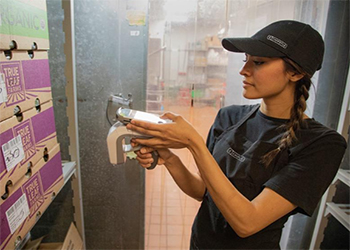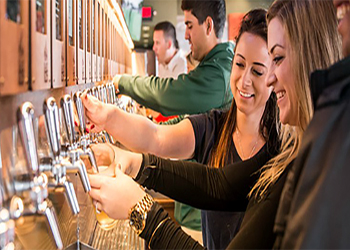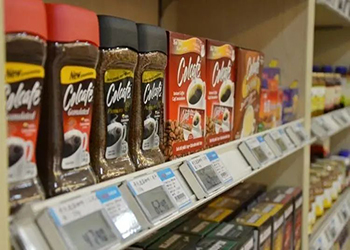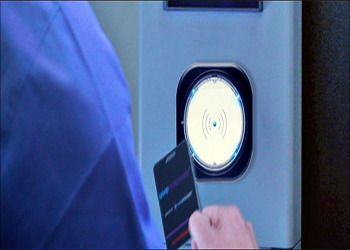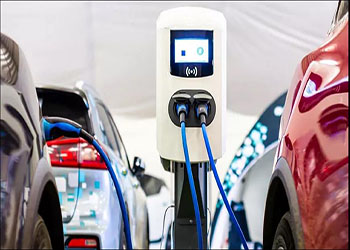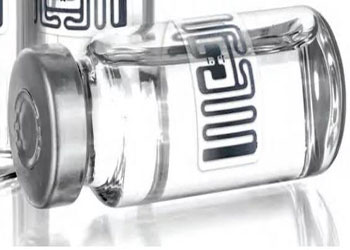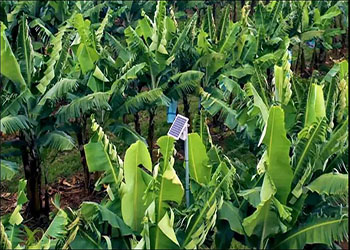Walmart expands RFID application field, annual consumption will reach 10 billion
Apr 02, 2022
According to RFID Magazine, Walmart USA has notified its suppliers that it will require the expansion of RFID tags into a number of new product categories that will be mandated to have RFID-enabled smart labels embedded in them as of September this year. Available in Walmart stores. It is reported that the new areas of expansion include: consumer electronics (such as TV, xbox), wireless devices (such as mobile phones, tablets, accessories), kitchen and dining, home decoration, bathtub and shower, storage and organization, car battery seven kind. It is understood that Walmart has already used RFID electronic tags in shoes and clothing products, and after expanding the scope of application this year, the annual consumption of RFID electronic tags will reach the level of 10 billion, which is of great significance to the industry. According to different items with different applications , Walmart classify all suppliers match mixed frequency rfid tags for goods , 13.56Mhz rfid or nfc label which loads goods information such as origin ,data of expired ,pricing ,etc , Meanwhile UHF rfid sticker will tap the outer carton for each item and better for warehouse management . As the one of leading rfid manufacturing ,Shenzhen ZhiJie IOT Application Co.,Ltd has provided many brand super market customers , system suppliers and security with our rfid products . Our 860-960MHz UHF frequency paper sticker label meets Gen 2 Class 1 and 18000-6C protocol , long range reading and highly sensitivity , You can scan them more 100pcs at same time better for you high efficiency warehouse management and checking situation of each items . As the most successful supermarket in the world to deploy RFID technology, the origin of Wal-Mart and RFID can be traced back to the "Retail Industry System Exhibition" held in Chicago, USA in 2003. At the meeting, Walmart announced for the first time that it would adopt a technology called RFID to eventually replace the currently widely used bar code, becoming the first company to announce an official timetable for adopting the technology. Over the years, Wal-Mart has used RFID in the field of shoes and clothing, which has brought the warehousing link in logistics management into the information age, so that the market circulation and behavior of each commodity can be traced. At the same time, the data information collected in the inventory management system can also be obtained in real time, which simplifies data processing, digitizes and informatizes the entire logistics process, improves logistics management efficiency, and reduces personnel requirements. Not only that, RFID technology also effectively reduces the labor cost of supply chain management, making information flow, logistics, and capital flow more compact and effective, increasing benefits. Based on the success in the field of footwear and apparel, Walmart hopes to expand the RFID project to other departments and categories in the near future, thereby further promoting the...
view more
